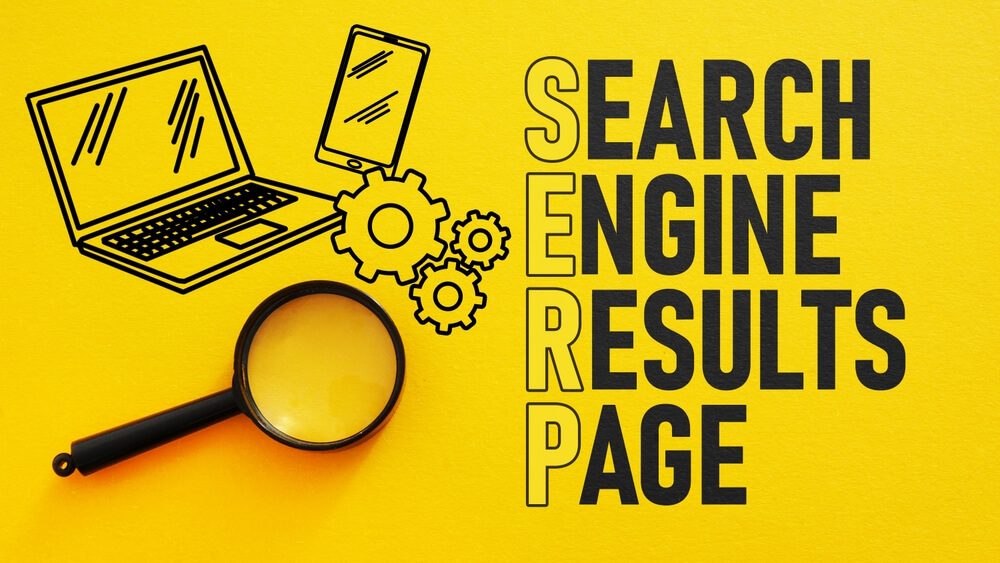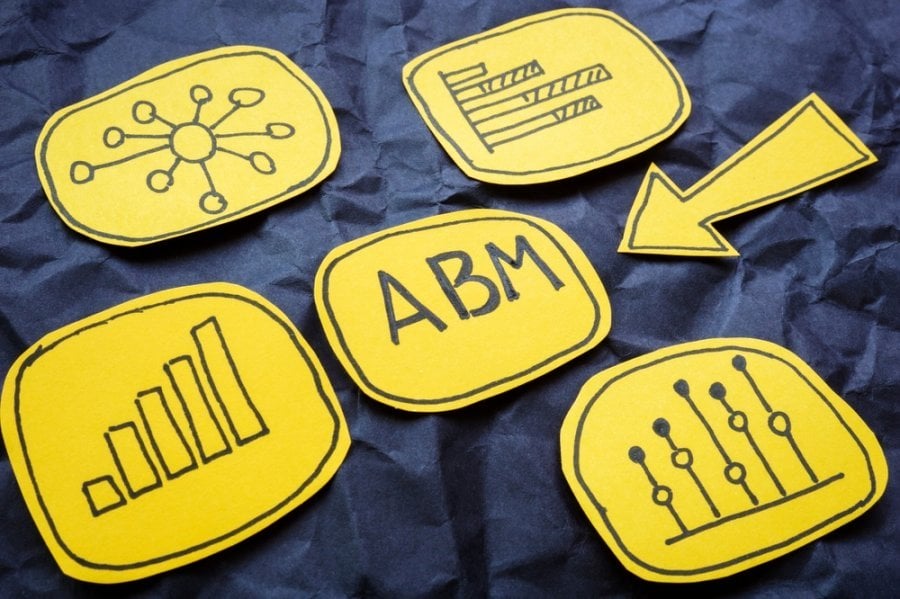
Advanced Technical SEO Points Lift Your UX to the Next Level
Fierce competition calls for advanced tactics. Chicago-based businesses know this, given how strong and diverse the market is. One arena where the battle is tightest is search engine optimization (SEO), a vital component of digital marketing. In particular, companies are scrambling to employ the best technical SEO practices to deliver the best user experience (UX)
In this competition, those working with a Chicago technical SEO consultant gain a clear competitive advantage. That consultant knows high-tier tactics and how to implement them effectively. Such advanced technical SEO points include:
 A mobile-friendly website is no longer optional for businesses that want to be easily found in Google searches. This is because Google now operates on a “mobile-first indexing” system. In this setup, Google evaluates the mobile version of your site before considering the desktop version for its ranking algorithm.
In short, sites that do not perform well on mobile devices fall lower in the search rankings, limiting their visibility.
The benefits of mobile optimization are not restricted to SEO. They also significantly improve the user experience. Given how people rely on mobile devices for many tasks today, a website optimized for mobile makes perfect sense.
A mobile-friendly website enhances visitor satisfaction, encourages longer site visits, and increases the likelihood of actions such as making a purchase. Satisfied visitors become recurring customers and are more likely to share your site within their social circles.
A mobile-friendly website is no longer optional for businesses that want to be easily found in Google searches. This is because Google now operates on a “mobile-first indexing” system. In this setup, Google evaluates the mobile version of your site before considering the desktop version for its ranking algorithm.
In short, sites that do not perform well on mobile devices fall lower in the search rankings, limiting their visibility.
The benefits of mobile optimization are not restricted to SEO. They also significantly improve the user experience. Given how people rely on mobile devices for many tasks today, a website optimized for mobile makes perfect sense.
A mobile-friendly website enhances visitor satisfaction, encourages longer site visits, and increases the likelihood of actions such as making a purchase. Satisfied visitors become recurring customers and are more likely to share your site within their social circles.
 Structured data is like adding extra labels to the content on your website, making it easier for search engines to understand what is on your pages. This helps search engines display your website in special ways such as by showing star ratings or frequently asked questions directly in the search results.
These special displays are called “rich results.” They make your website stand out, increasing the chance that people click on it.
Rich snippets are good both aesthetically and functionally. Imagine searching for a recipe and seeing a result that already shows ratings and cook time. You are more likely to click on it. These snippets provide extra information that sets users’ expectations before visiting your website, creating a better experience.
When users know what to expect and find it quickly, they are more likely to stay on your site, explore more, and maybe even convert into customers.
Structured data is like adding extra labels to the content on your website, making it easier for search engines to understand what is on your pages. This helps search engines display your website in special ways such as by showing star ratings or frequently asked questions directly in the search results.
These special displays are called “rich results.” They make your website stand out, increasing the chance that people click on it.
Rich snippets are good both aesthetically and functionally. Imagine searching for a recipe and seeing a result that already shows ratings and cook time. You are more likely to click on it. These snippets provide extra information that sets users’ expectations before visiting your website, creating a better experience.
When users know what to expect and find it quickly, they are more likely to stay on your site, explore more, and maybe even convert into customers.
 Internal linking is the practice of linking one page of your website to another page on the same website. It is a powerful yet often overlooked component of SEO.
Effective internal linking helps search engines understand the structure of your website, discover new pages, and determine the importance of each page. This can result in better indexing and higher page rankings in search engine results.
Beyond SEO, internal linking is pivotal for an outstanding user experience. Well-placed internal links guide visitors naturally through your website. They offer users additional valuable content that aligns with their interests or questions. This increases the time they spend on your site and contributes to a more satisfying, intuitive experience.
When users easily find what they are looking for, they are more likely to become repeat visitors or even loyal customers.
Internal linking is the practice of linking one page of your website to another page on the same website. It is a powerful yet often overlooked component of SEO.
Effective internal linking helps search engines understand the structure of your website, discover new pages, and determine the importance of each page. This can result in better indexing and higher page rankings in search engine results.
Beyond SEO, internal linking is pivotal for an outstanding user experience. Well-placed internal links guide visitors naturally through your website. They offer users additional valuable content that aligns with their interests or questions. This increases the time they spend on your site and contributes to a more satisfying, intuitive experience.
When users easily find what they are looking for, they are more likely to become repeat visitors or even loyal customers.
- Page speed optimization
- Mobile optimization
- Structured data
- Internal linking
Watch this video to learn how Digital Authority Partners tackles Technical SEO!
1. Page Speed Optimization
Page speed plays a pivotal role in search engine ranking algorithms. The most widely used search engine, Google, explicitly states that speed determines how it ranks websites. Faster websites ease the crawling process for search engine spiders and have a higher probability of being indexed effectively. That means, if your webpage loads slowly, its visibility in search engine results pages (SERPs) can suffer, potentially reducing organic traffic. While SEO gains importance from page speed, the impact on UX is just as significant. Users expect webpages to load almost instantaneously. A delay of even a couple seconds can increase bounce rates and decrease user satisfaction. Almost half of visitors abandon a site if it takes longer than two seconds to load. So improved UX also loops back to better SEO performance, creating an ongoing cycle of mutual benefits.How To Optimize Page Speed
To achieve optimal page speed, you can use several strategies:- Compress images to reduce their file size without compromising quality. Use modern image formats such as WebP for higher efficiency.
- Employ content delivery networks (CDNs) to distribute the load, saving bandwidth and speeding up access for your users.
- Implement asynchronous loading for JavaScript files. This enables the browser to continue loading other elements on the page simultaneously, thereby reducing the total load time.
2. Mobile Optimization
 A mobile-friendly website is no longer optional for businesses that want to be easily found in Google searches. This is because Google now operates on a “mobile-first indexing” system. In this setup, Google evaluates the mobile version of your site before considering the desktop version for its ranking algorithm.
In short, sites that do not perform well on mobile devices fall lower in the search rankings, limiting their visibility.
The benefits of mobile optimization are not restricted to SEO. They also significantly improve the user experience. Given how people rely on mobile devices for many tasks today, a website optimized for mobile makes perfect sense.
A mobile-friendly website enhances visitor satisfaction, encourages longer site visits, and increases the likelihood of actions such as making a purchase. Satisfied visitors become recurring customers and are more likely to share your site within their social circles.
A mobile-friendly website is no longer optional for businesses that want to be easily found in Google searches. This is because Google now operates on a “mobile-first indexing” system. In this setup, Google evaluates the mobile version of your site before considering the desktop version for its ranking algorithm.
In short, sites that do not perform well on mobile devices fall lower in the search rankings, limiting their visibility.
The benefits of mobile optimization are not restricted to SEO. They also significantly improve the user experience. Given how people rely on mobile devices for many tasks today, a website optimized for mobile makes perfect sense.
A mobile-friendly website enhances visitor satisfaction, encourages longer site visits, and increases the likelihood of actions such as making a purchase. Satisfied visitors become recurring customers and are more likely to share your site within their social circles.
How To Optimize for Mobile
How do you make your site mobile-friendly? Here are some tips:- Use responsive web design. This means your website automatically adjusts to fit any screen size, from a large desktop to a small smartphone.
- Simplify your menus. On a small screen, less is more. Make buttons and links big enough to tap easily.
- Make sure your website loads quickly on mobile networks. You can reduce the size of images and other media files.
3. Structured Data for Enhanced SERP Features
 Structured data is like adding extra labels to the content on your website, making it easier for search engines to understand what is on your pages. This helps search engines display your website in special ways such as by showing star ratings or frequently asked questions directly in the search results.
These special displays are called “rich results.” They make your website stand out, increasing the chance that people click on it.
Rich snippets are good both aesthetically and functionally. Imagine searching for a recipe and seeing a result that already shows ratings and cook time. You are more likely to click on it. These snippets provide extra information that sets users’ expectations before visiting your website, creating a better experience.
When users know what to expect and find it quickly, they are more likely to stay on your site, explore more, and maybe even convert into customers.
Structured data is like adding extra labels to the content on your website, making it easier for search engines to understand what is on your pages. This helps search engines display your website in special ways such as by showing star ratings or frequently asked questions directly in the search results.
These special displays are called “rich results.” They make your website stand out, increasing the chance that people click on it.
Rich snippets are good both aesthetically and functionally. Imagine searching for a recipe and seeing a result that already shows ratings and cook time. You are more likely to click on it. These snippets provide extra information that sets users’ expectations before visiting your website, creating a better experience.
When users know what to expect and find it quickly, they are more likely to stay on your site, explore more, and maybe even convert into customers.
How To Add Structured Data
One of the most common ways to add structured data is by using schema markup. This is a code that you add to your website. It helps search engines understand ratings, product prices, or FAQs. You can add schema markup for various content types, from articles and products to events and recipes. Adding structured data for rich results benefits both your SEO and UX. It enhances your visibility in search engines and provides valuable information to users even before they click. This dual advantage makes structured data an indispensable tool for any modern website aiming to offer an exceptional user experience alongside robust SEO.4. Effective Internal Linking
 Internal linking is the practice of linking one page of your website to another page on the same website. It is a powerful yet often overlooked component of SEO.
Effective internal linking helps search engines understand the structure of your website, discover new pages, and determine the importance of each page. This can result in better indexing and higher page rankings in search engine results.
Beyond SEO, internal linking is pivotal for an outstanding user experience. Well-placed internal links guide visitors naturally through your website. They offer users additional valuable content that aligns with their interests or questions. This increases the time they spend on your site and contributes to a more satisfying, intuitive experience.
When users easily find what they are looking for, they are more likely to become repeat visitors or even loyal customers.
Internal linking is the practice of linking one page of your website to another page on the same website. It is a powerful yet often overlooked component of SEO.
Effective internal linking helps search engines understand the structure of your website, discover new pages, and determine the importance of each page. This can result in better indexing and higher page rankings in search engine results.
Beyond SEO, internal linking is pivotal for an outstanding user experience. Well-placed internal links guide visitors naturally through your website. They offer users additional valuable content that aligns with their interests or questions. This increases the time they spend on your site and contributes to a more satisfying, intuitive experience.
When users easily find what they are looking for, they are more likely to become repeat visitors or even loyal customers.
How To Implement Effective Internal Linking
Implementing effective internal links requires strategic planning:- Audit your existing content to identify natural opportunities for links. Prioritize linking to high-quality, relevant pages that offer genuine value to the visitor.
- Use descriptive anchor text that gives users an idea of what the linked page is about, improving both SEO and UX.
- Keeping a balanced link distribution ensures important pages get more internal links to signify their relevance to search engines.
Summing Up
Using these smart SEO tricks makes Google favor your website more and improves your visitors’ experience. If you want to make your website rank higher with both Google and your visitors, contact Digital Authority Partners. Let us discuss how we can elevate your technical SEO campaign and boost your visibility.Want To Meet Our Expert Team?
Book a meeting directly here



